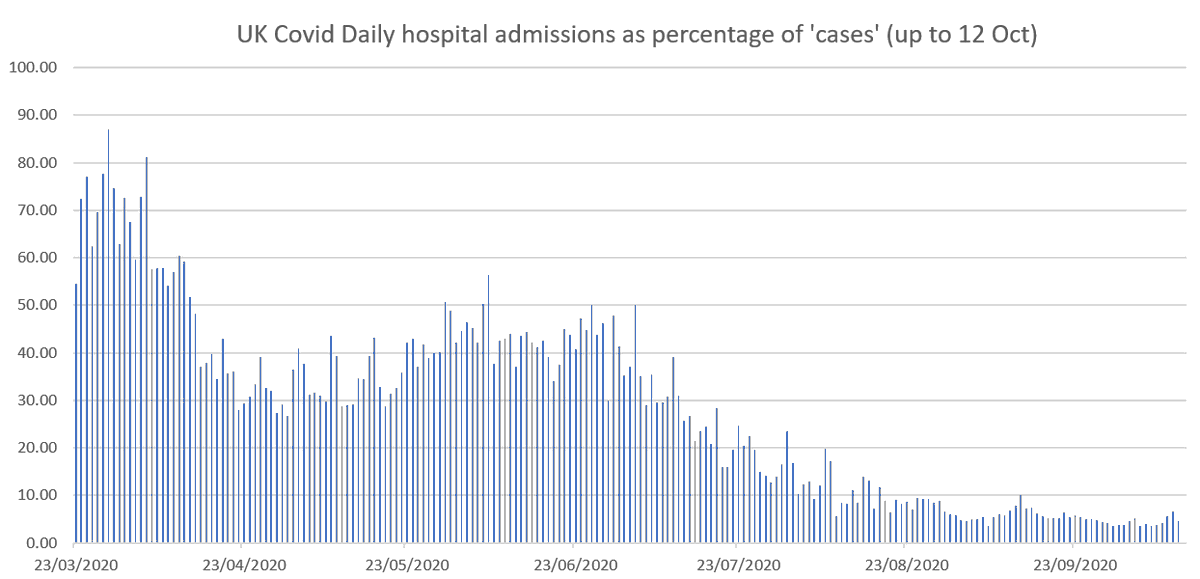
1. As I pointed out yesterday with this graphic (now updated) the Cambridge study data shows that since December only a miniscule percentage of people without COVID-like symptoms have the virus. But it also exposes massive contradications in the official Government data. 

2. First it demonstrates (for one UK city) that the much publicised claim that "1 in 3 people with the virus has no symptoms" cannot be correct if the ONS estimated infection rate is correct. Here's an informal explanation (formal proof follows later in thread) 

3. In fact, if the "1 in 3" claim is correct then the ONS estimated infection rate is massively inflated - the currently reported ‘case’ numbers must be at least 8 times greater than the true number of cases.
4. On the other hand, if the ONS estimates of case numbers are correct, then at most 1 in 26 people with the virus has no symptoms. Note "1 in 3" as claimed.
5. Of course in reality, a positive test should not be equated with a 'case' because of false positives (especially for those without symptoms since mass testing started). The infection rate has certainly been inflated. Not by a factor of 8 - but we simply don't know by how much
6. If, for example, the true infection rate was about half the reported infection rate, then it would mean about 1 in 13 people reported positive have the virus.
7. Conclusions? Since mass testing began many of those classified as 'cases' were not COVID-19. And the Government claim that "1 in 3 with the virus has no symptoms" is massively exaggerated. This analysis applied to one UK city. But there's no reason to believe it's special ....
8. We should stop testing people without symptoms unless they have been in recent contact with a person confirmed as having the virus....
12. Blog posts with links etc. (to be updated) probabilityandlaw.blogspot.com/2021/02/the-ca…
I meant "Not" not "Note"
13. Forget to mention another key conclusion: there needs to be confirmatory testing for any people testing positive beofre they are declared a 'case'.
14. And it's always interesting to compare number of NHS 999 emergency COVID-19 calls/triages with number of 'cases'. This data (digital.nhs.uk/dashboards/nhs…) clearly shows real pandemic last spring but not '2nd/3rd waves'. All caveats discussed here probabilityandlaw.blogspot.com/2021/01/more-o… apply 

Oops point 6 should say “..would mean about 1 in 13 people reported positive have no symptoms”
• • •
Missing some Tweet in this thread? You can try to
force a refresh










